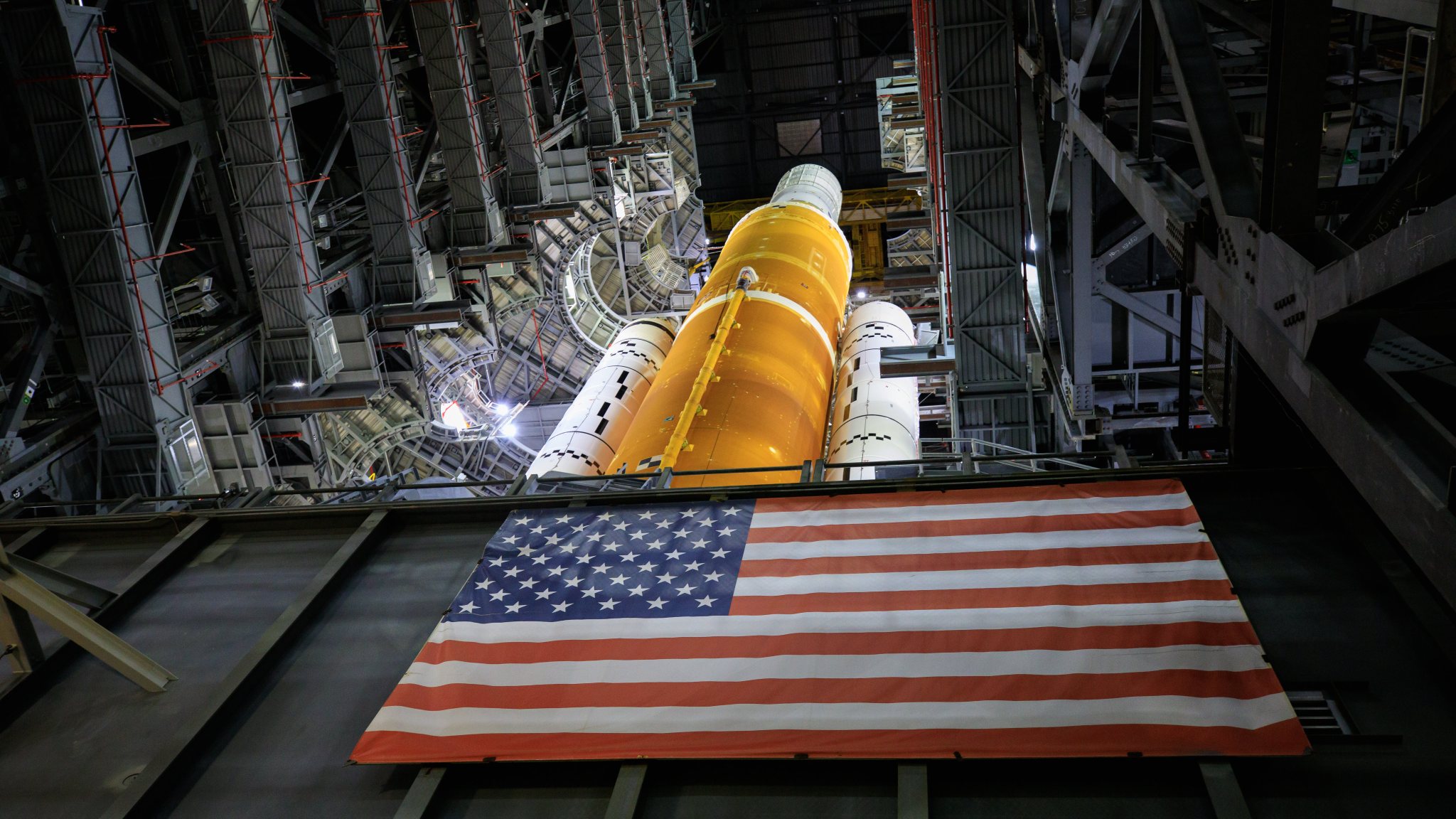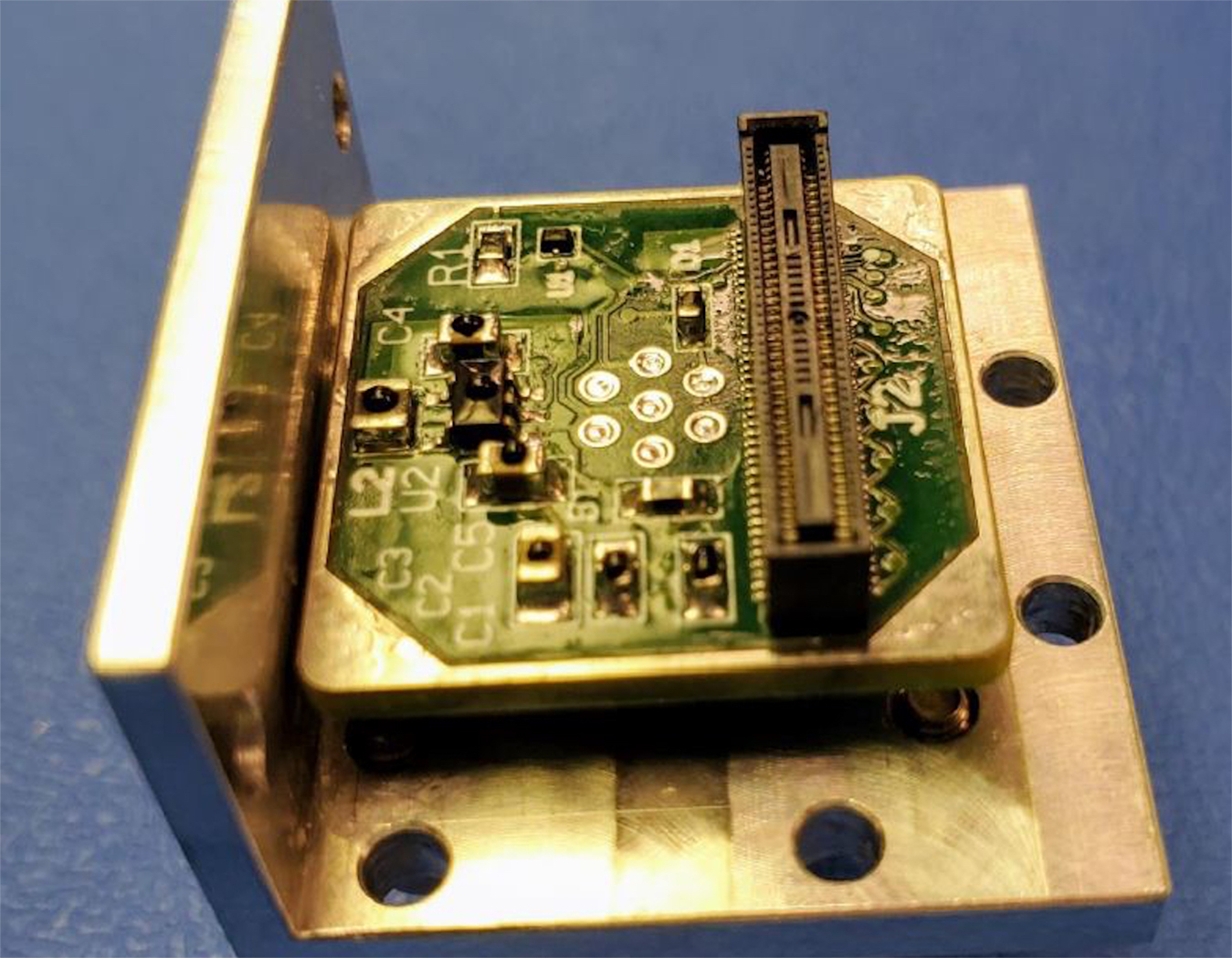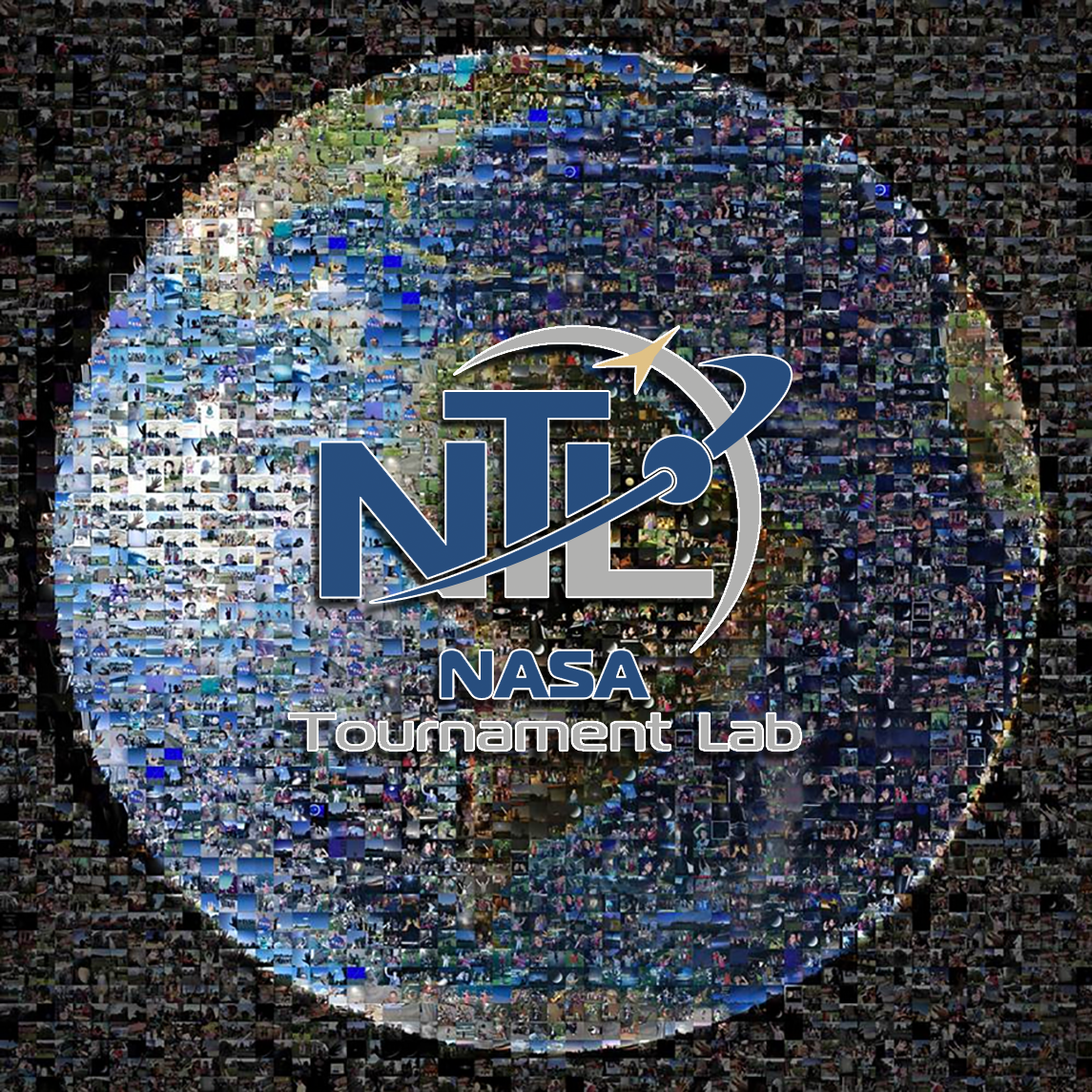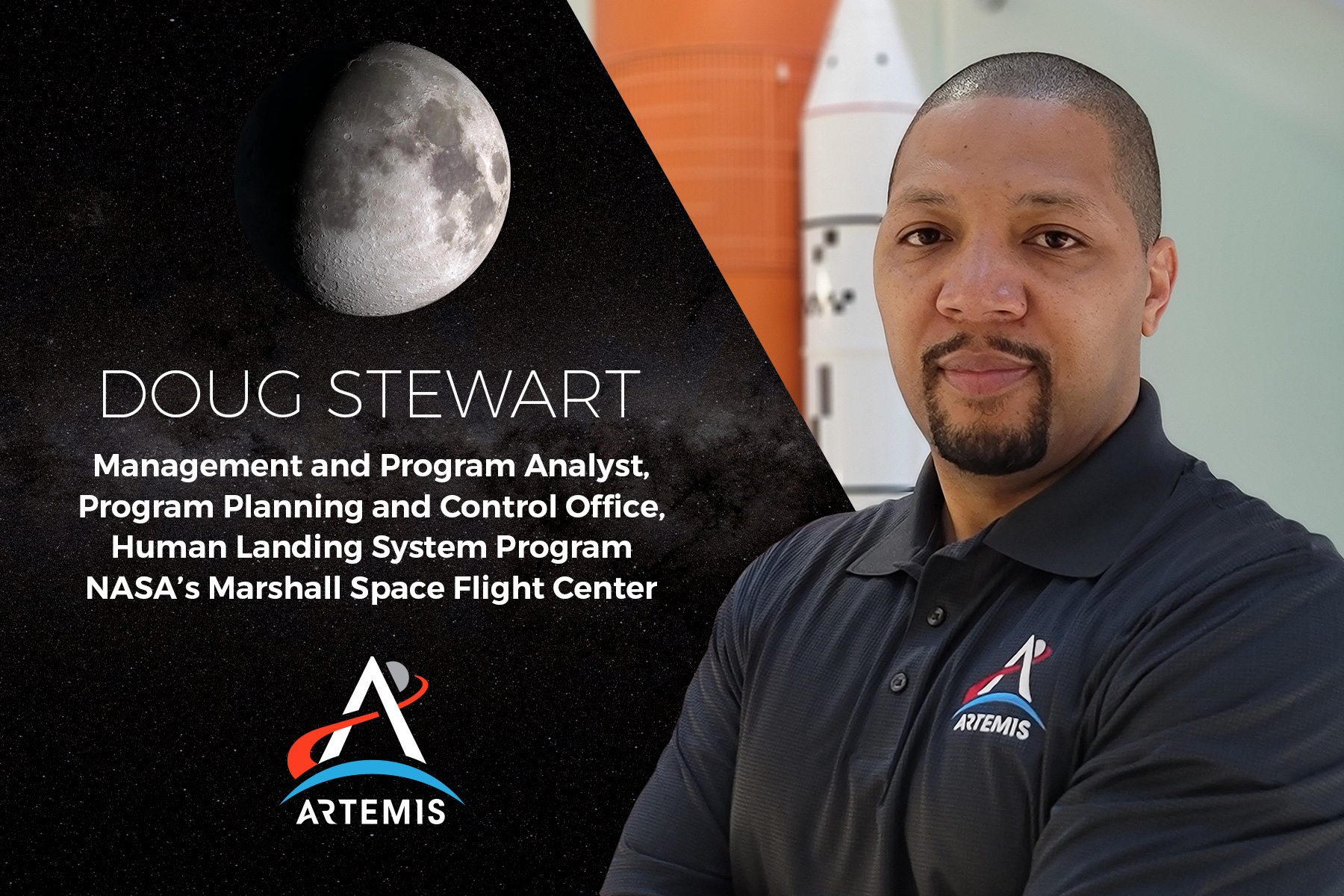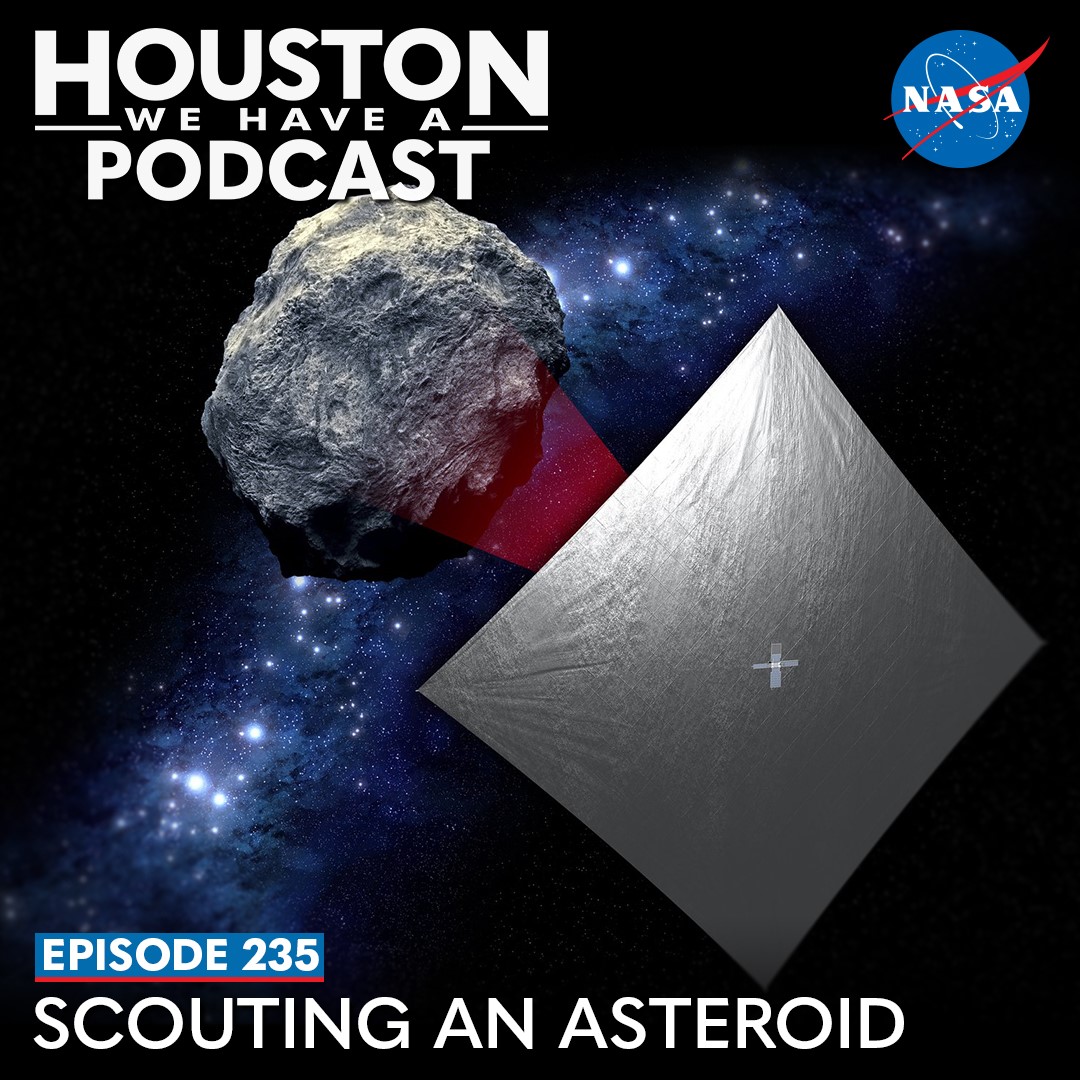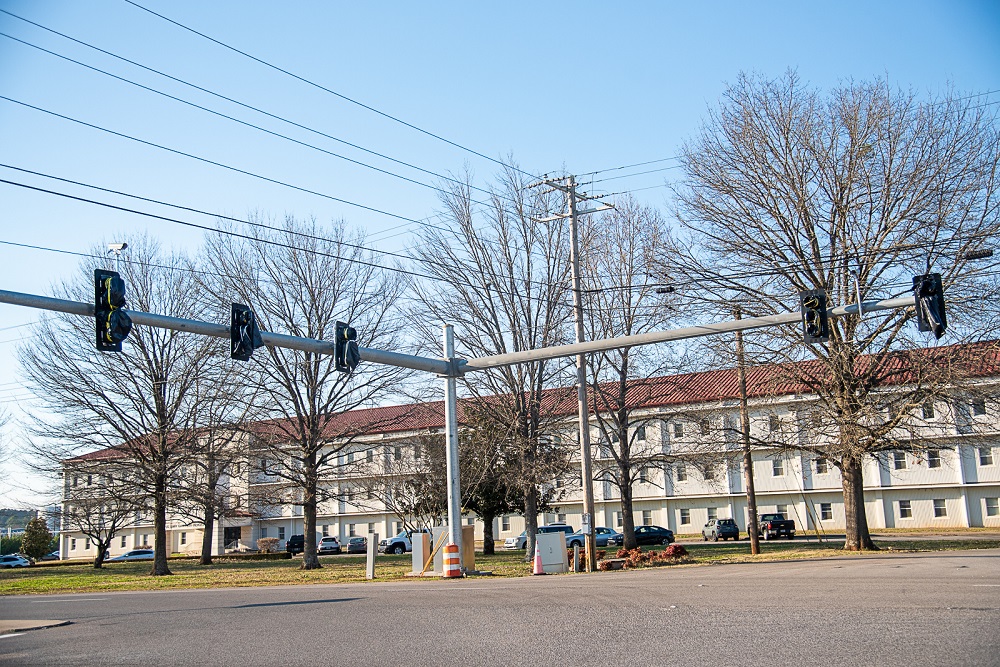Mega Moon Rocket Rollout Scheduled for March 17
NASA’s integrated Space Launch System (SLS) rocket and Orion spacecraft for the uncrewed Artemis I lunar mission will roll out to Launch Pad 39B at the agency’s Kennedy Space Center on March 17. Live coverage begins at 4 p.m. CDT and will include remarks from NASA Administrator Bill Nelson and other guests. Coverage will air on NASA Television, the NASA app, and the agency’s website. The 6.6-million-pound crawler transporter-2 will carry SLS and Orion. Rollout is a 4-mile journey between the Vehicle Assembly Building and the launch pad, expected to take between six and 12 hours. Live, static camera views of the debut and arrival at the pad will be available starting at 3 p.m. on the Kennedy Newsroom YouTube channel. At the pad, NASA will conduct a final prelaunch test known as wet dress rehearsal, which includes loading the SLS propellant tanks and conducting a launch countdown. Through Artemis missions, NASA will land the first woman and the first person of color on the Moon, paving the way for a long-term lunar presence and serving as a steppingstone on the way to Mars. For updates, follow along on NASA’s Artemis blog here. (NASA)
NASA’s Spinoff Publication Highlights Marshall Technology
By Wayne Smith
Products and services that benefit life on Earth put a new spin on technology developed for space. This includes inventions at NASA’s Marshall Space Flight Center.
NASA engineers and scientists often develop new technology during the course of their mission work. And while the origin of the technology is often to help explore the solar system and beyond, NASA’s Technology Transfer program is bringing them back down to Earth by licensing them to companies and entrepreneurs. The licensees then create new products and services, called “spinoffs,” that benefit the economy, protect the environment, and even save lives.
There are more the 2,000 NASA spinoffs, with cellphone cameras, baby formula, and airplane winglets among the most common.
NASA’s Technology Transfer program has over 1,200 technologies available for licensing. Potential licensees can browse the entire portfolio online, where they are organized by categories, such as communications, medical, environment, manufacturing, and more. Inventors also share in royalties if the product is licensed.
“In Technology Transfer, we have the opportunity to work with NASA engineers and scientists, who are some of the most innovative people you’ll ever meet, and then we transfer their technologies to industry,” said Sammy Nabors, acting chief for the Technology Transfer branch at Marshall.
The 2022 edition of NASA’s Spinoff publication features 46 companies across 21 states in manufacturing, public safety, consumer products, and more. It also highlights two examples of technology available for licensing from Marshall – a more rugged infrared camera and a process for making stronger, less polluting concrete.
The ruggedized camera is a space-rated camera that meets NASA specifications for withstanding vibrations and radiation and removing heat. Current cost-effective commercial cameras can’t survive launch conditions. NASA will utilize the technology for the ruggedized camera imaging systems aboard the Space Launch System on future Artemis missions.
Marshall team members developing the technology included Brent Beabout, Jarret Bone, Jeremy Myers, and Jonathan Pryor. They developed modifications to a separate patent, the visible spectrum camera, to enable it for use in space. Marshall patented the invention, licensed it to Imperx Inc. of Boca Raton, Florida, and assisted with commercialization efforts.
This same team developed modifications to the infrared camera, enabling it to survive launch conditions and remove heat. In addition to its use for imaging systems in satellites and spacecraft, other practical uses of the technology include:
- Aerospace: aircraft-mounted cameras for surveillance and thermal analysis of aircraft engines
- First responders: night vision and enhanced imaging capability in fog, rain, and smoke for search and rescue, firefighting, threat detection, and surveillance
- Automotive: vision systems for autonomous vehicles
Innovators at Marshall also developed a new cement composition and manufacturing method that reduces carbon emissions while making it stronger.
Companies and consumers can use the carbonated cement process in cement factories, reducing the carbon footprint, and in quick-mix cement kits. The cement industry is one of the highest producers of carbon dioxide in the world.
The idea for the new manufacturing method was first constructed around the problem of reducing carbon dioxide aboard NASA missions. Building on their expertise in life-support oxygen control systems for spacecraft, Morgan Abney of Marshall and Iowa State University professor James Alleman created a process that reduces carbon emitted during cement production, converting the carbon to a solid form. The carbon is then added to the cement product, making it more durable for construction materials.
Nabors said Marshall set a NASA center record with 50 licenses executed last fiscal year, with most being research licenses that could eventually turn into a commercial agreement. Across the agency, Nabors said a record 211 licenses were executed.
“There are a lot of different reasons why companies are interested in NASA’s inventions. Just the NASA name means a lot, too,” Nabors said. “Our goal is to ensure NASA technologies are broadly available to the public, which maximizes the benefit to our nation.”
Smith, a Media Fusion employee, supports Marshall’s Office of Strategic Analysis & Communications.
I am Artemis: Doug Stewart
After moving to Huntsville 22 years ago to attend Alabama A&M University, it wasn’t long after graduating that Doug Stewart felt a desire to support NASA’s inspirational mission. Today, Stewart is a management and program analyst within the Program Planning and Control office supporting NASA’s Human Landing System Program, part of the team that will inspire the world when Americans return to the Moon.
Stewart was first introduced to the space industry through friends who had urged him to consider working for NASA nearly 10 years ago while he was providing business and budget support at Teledyne Brown Engineering. Not long after, he provided support to the Earth Science Division at NASA, and then the Gateway and human landing system programs.
“After learning about all the exciting projects NASA was involved with, I knew I had to be a part of something that was bigger than me and that was important to my generation and future generations.” Stewart said, “I never thought I would be a part of an organization that was doing something as cool and rewarding as exploring space and going back to the Moon.”
While at Alabama A&M, he earned a bachelor’s degree in business management. “Attending an HBCU (historically Black college or university) was something I learned about from members of my family who also attended HBCUs. I knew it was going to be a different experience than attending a traditional university, and it was something I wanted to pursue,” Stewart said.
After college, he stayed in Huntsville and continued to work in the business field until his career path led him to NASA’s Marshall Space Flight Center. Stewart is thankful for the opportunities afforded him by those who came before.
“African Americans have done so much for NASA and this country, and I am very proud and aware of that and thankful for those who paved the way for me,” Stewart said. “I take time during Black History Month to learn more about my heritage and also to reflect on how fortunate I am to work for NASA and HLS, where diversity is a cornerstone to their success.”
Stewart joined the Artemis team working with the Gateway program at Marshall in 2019. He joined the HLS team in 2021, managing the program’s budget. Under Artemis, NASA will land the first woman and first person of color on the Moon.
“Being on the same team with scientists who will get us back to the Moon for the first time since 1972 and for a sustained period is incredible,” Stewart said. “Knowing that a diverse NASA workforce of today and also those before me contributed to a more inclusive crew landing on the lunar surface is incredibly important to me and adds additional meaning to Black History Month.”
The human landing system is the mode of transportation that will take astronauts to the lunar surface in the Artemis lunar exploration program.
Piecing Together Earth Data with Lori Schultz
By Gabriella Lewis
Lori Schultz excels at puzzles, but her puzzles involve satellites – not cardboard. Her sharp eye for detail and quick wit help her answer some of NASA’s most critical disaster questions. But how does she do it?
When disasters strike, response agencies from around the world reach out to NASA for information. It’s up to Schultz – an Applied Sciences Disasters program center coordinator at Marshall Space Flight Center – and her team members to parse through NASA’s satellite data and determine how to help. They serve as the link between operational organizations and NASA’s science – a team of “satellite translators,” if you will. Schultz knows the instruments’ capabilities and won’t hesitate to let people know if there’s a better tool for the job. You can hear the excitement in her voice when she puts the pieces together to help others see the “picture” that emerges.
It’s no surprise, then, that when global organizations need a remote sensing expert for severe weather, Schultz is on the shortlist. Yet, it may come as a surprise that she didn’t get into the sciences until she was 28.
After graduating high school, Schultz joined the Army and was a helicopter mechanic for nine years. While she enjoyed the job, it was too physically demanding to be a long-term career. “I would probably still be fixing helicopters if it wasn’t so blasted hard on the body,” she said. On top of the physical stress, her position was time-consuming and kept her away from her son for extended periods. The final straw occurred when she returned from a five-month deployment in Central America for Hurricane Mitch and her young son didn’t recognize her. So, after a brief stint as a reservist, she made the decision to leave the military for good.
Schultz decided to use her newfound free time to go back to school. Her strong aptitude for math and desire to understand how things work led her to enroll in a physics program at Austin Peay State University in Clarksville, Tennessee. Going to college at 28 presented a new set of challenges. “I had to learn how to be a student again; I had to learn how to study, and I had to face the fact that everything I thought I knew was really, really old,” Schultz said. She had to take remedial courses and recall academic skills from a decade prior, but it didn’t take her long to adjust.
After successfully finishing her physics degree, Schultz planned to apply to an engineering program. However, a research trip to the University of Alabama in Huntsville exposed her to different types of applied science. Rather than study engineering, she decided to pursue an applied sciences master’s degree focusing on weather research. “Solving the actual problem of catching the mouse was much more to my liking than creating a better cage,” she said. A degree in applied sciences allowed Schultz to pursue questions with more tangible ends – a path she enjoyed more. But without a background in weather, she had to audit a class every semester to increase her exposure to different weather topics.
“It was jumping not only into the deep end of a pool, but the deep end of a wave pool,” she said.
Schultz’s path to NASA wove around a military career, raising a child, being a nontraditional student, and changes in her career goals, but she wouldn’t change a thing. A fascination with understanding, paired with a willingness to seek out answers, guided her journey. Schultz is also a member of a floods research team led by University of Alaska in Fairbanks professor Franz Meyer that uses remote sensing to create flood data. The research team has provided support for flood events such as the Midwest floods in 2019, Australia floods in 2021, and British Colombian floods in 2021, and hurricanes such as Eta and Iota in 2020. From the research side, she was able to draw on her experience on the ground during her Hurricane Mitch deployment to help provide the U.S. military and other responders with helpful flood mapping information.
Currently, Schultz excels at teaching end users how to interpret Earth data and does so with enthusiasm. This past year, she participated in the American Meteorological Society’s Project Atmosphere, a program designed to share the latest atmospheric resources and information with science teachers. During the program, she got to pass her excitement for Earth data on to science teachers and help them do the same for their future students.
According to Schultz, entering the sciences was an inevitable career outcome. Whether fixing a helicopter or helping people use NASA resources to make their communities safer from disasters, there isn’t a puzzle that Schultz can’t solve.
Lewis, an intern at NASA’s Langley Research Center, supports the agency’s Applied Sciences Disasters program.
NEA Scout Principal Investigator Les Johnson Featured on ‘Houston We Have A Podcast’
Les Johnson, NEA Scout solar sail principal investigator at NASA’s Marshall Space Flight Center, was a guest on the most recent episode of “Houston We Have a Podcast,” the official podcast of NASA’s Johnson Space Center. Julie Castillo-Rogez, NEA Scout science principal investigator at NASA’s Jet Propulsion Laboratory, joined Johnson to discuss how their experiment will explore a near-Earth asteroid. NEA Scout will be deployed from the upcoming Artemis I mission. Listen to the episode on Apple Podcasts, Google Podcasts, and SoundCloud. A transcript is available here. (NASA)
New Redstone Traffic Lights to Go Active
The traffic lights at the intersection of Martin and Dodd roads on Redstone Arsenal will soon become active. The lights, located near the International Space Station Payload Operations Center and Redstone’s Garrison headquarters, will help the traffic flow for the new FBI campus under construction. (Redstone Rocket/Erin Elise)
Psyche Gets Huge Solar Arrays, Highlighted on ‘This Week at NASA’
Progress for the Psyche spacecraft – which will journey to a metal-rich asteroid of the same name – is featured in “This Week @NASA,” a weekly video program broadcast on NASA-TV and posted online.
Psyche is a step closer to its final configuration ahead of its targeted August launch. Engineers at NASA’s Jet Propulsion Laboratory recently attached the spacecraft’s solar arrays – which measure 800 square feet – and tested the arrays by unfolding and restowing them. After a 3 1/2-year solar-powered journey, the spacecraft will arrive at asteroid Psyche in 2026 and spend nearly two years making increasingly close orbits of the asteroid to study it.
Psyche was selected in 2017 as the 14th mission under NASA’s Discovery Program, which is managed by the Planetary Missions Program Office at the agency’s Marshall Space Flight Center.
The start of Europa Clipper assembly was also featured in the latest TW@N. Read the story in last week’s Star. Europa Clipper is a Solar System Exploration Program, which is managed the Planetary Missions Program Office.
View this and previous episodes at “This Week @NASA” on NASA’s YouTube page.


























